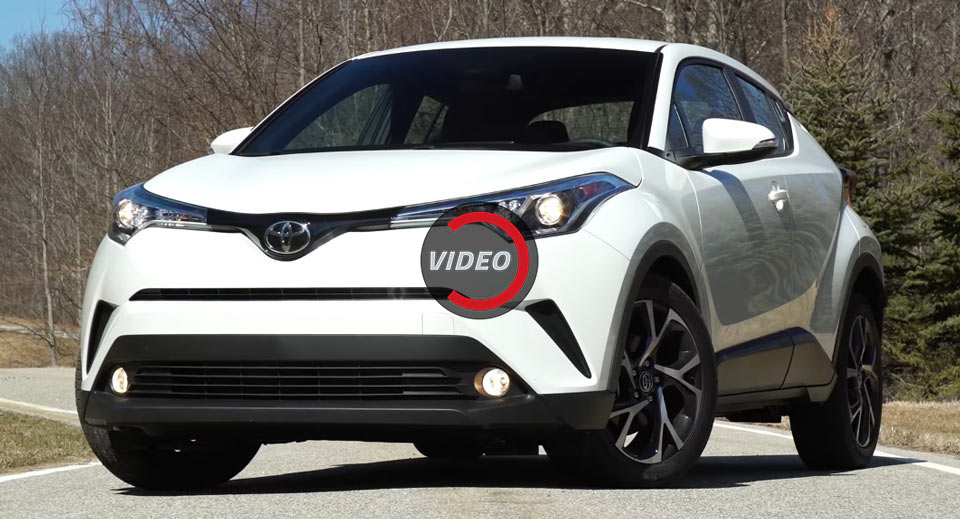Developed initially as a Scion for North America, before Toyota killed the brand, the new C-HR targets single and newly married millennials.
It has a bold look that gives it a sportier flair than many other crossovers, and comes loaded with plenty of equipment, even on the entry-level model, the XLE. The latter includes the Toyota Safety Sense P driver assist and safety suite, a 7-inch touchscreen, dual-zone climate control, soft touch materials and a leather-wrapped steering wheel.
However, there’s much more than meets the eye with the C-HR, as Consumer Reports found in their review, with the subcompact crossover being surprisingly quiet, despite the fact that its engine can get quite loud at over 4,000 rpms. Moreover, it can easily sit two adults in the back, and it’s comfortable on bumpy roads. Achieving this meant sacrificing its cornering abilities, and even if it can still take a tight turn quite fast, it lacks the sharpness of a Mazda CX-3.
There are big blind spots to the rear, due to the chunky C-pillars, and the fact that it cannot be had with an all-wheel drive system just yet, is another drawback.
The 2017 Toyota C-HR can be had in the mid-$24,000, meaning that it’s about $2,000 more expensive over its competitors, though it is the only one in its class to offer standard forward collision warning and automatic emergency braking, which landed it 5 stars from Euro NCAP.
When it comes to the C-HR family, the future looks promising, as Toyota plans to introduce not only an all-wheel drive version, but also a hybrid.



